Considered by many to be one of the top diving destinations in the world, the small island of Molokini will leave a lasting impression on you no matter what your diving experience is. Located a short 3 miles off the southern coast of Maui, Molokini Island is a partially-submerged volcanic crater that almost ceremoniously rises out of the Alalakeiki Channel’s crystal blue waters.
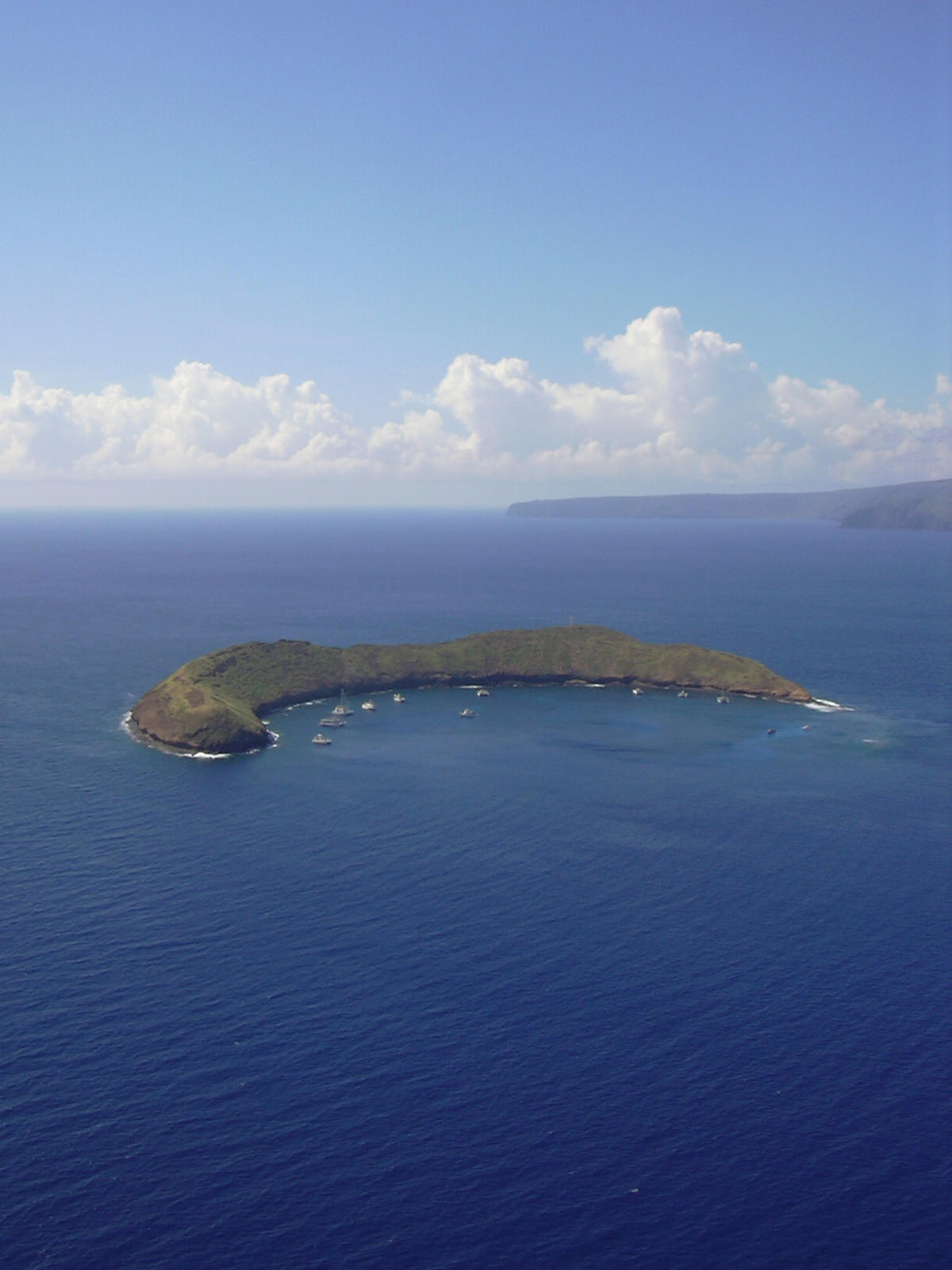
Don’t worry if you’re new to snorkeling or want to experience the island with your kids, there are plenty of shallow, safe waters to explore. For the more seasoned diver, Molokini offers some of the most amazing underwater views throughout the region.
Accessing the Molokini Island
Unless you’re traveling with a seasoned friend or family member with access to a boat, your best bet is to sign up for the numerous tours that explore Molokini throughout the year. Be aware that some of the tours are pricey and that this number only increases during the peak tourist seasons. If you’re on a budget, consider visiting Molokini during the late fall to early winter or late spring to early summer.
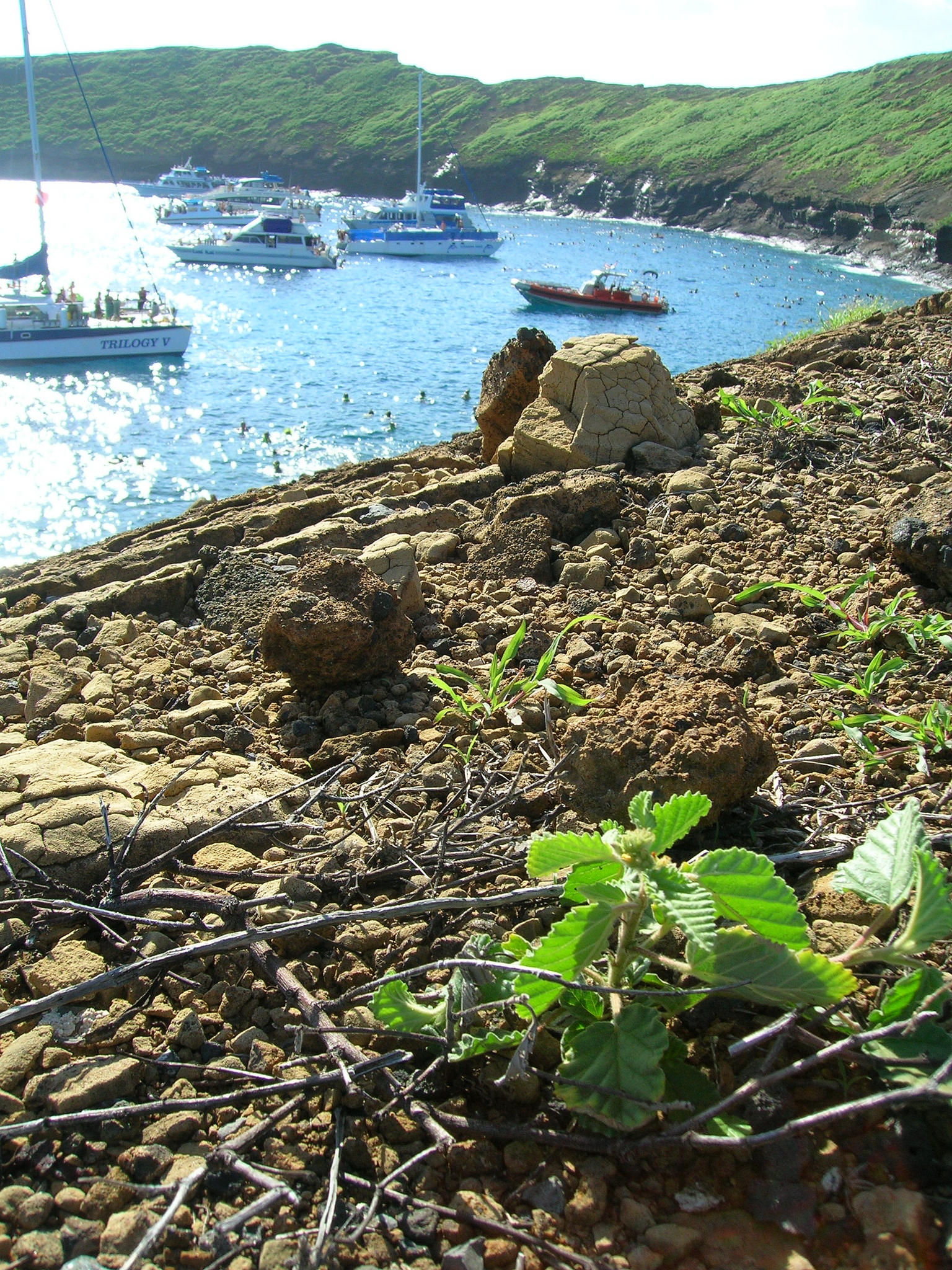
The island is less crowded and tour companies are desperate to fill their seats. Molokini is also a protected bird sanctuary, meaning you must access the water by boat only.
It’s All About Your Comfort Level
Once again, it cannot be stressed enough that the waters off Molokini provide plenty of dive spots for first-time snorkelers and experienced scuba divers alike. If you’re new to the world of underwater exploration, stick to the waters around the volcano’s basin, which are only around 35 feet deep. As you become more accustomed to the sport, go ahead and find a tour group for intermediate divers.
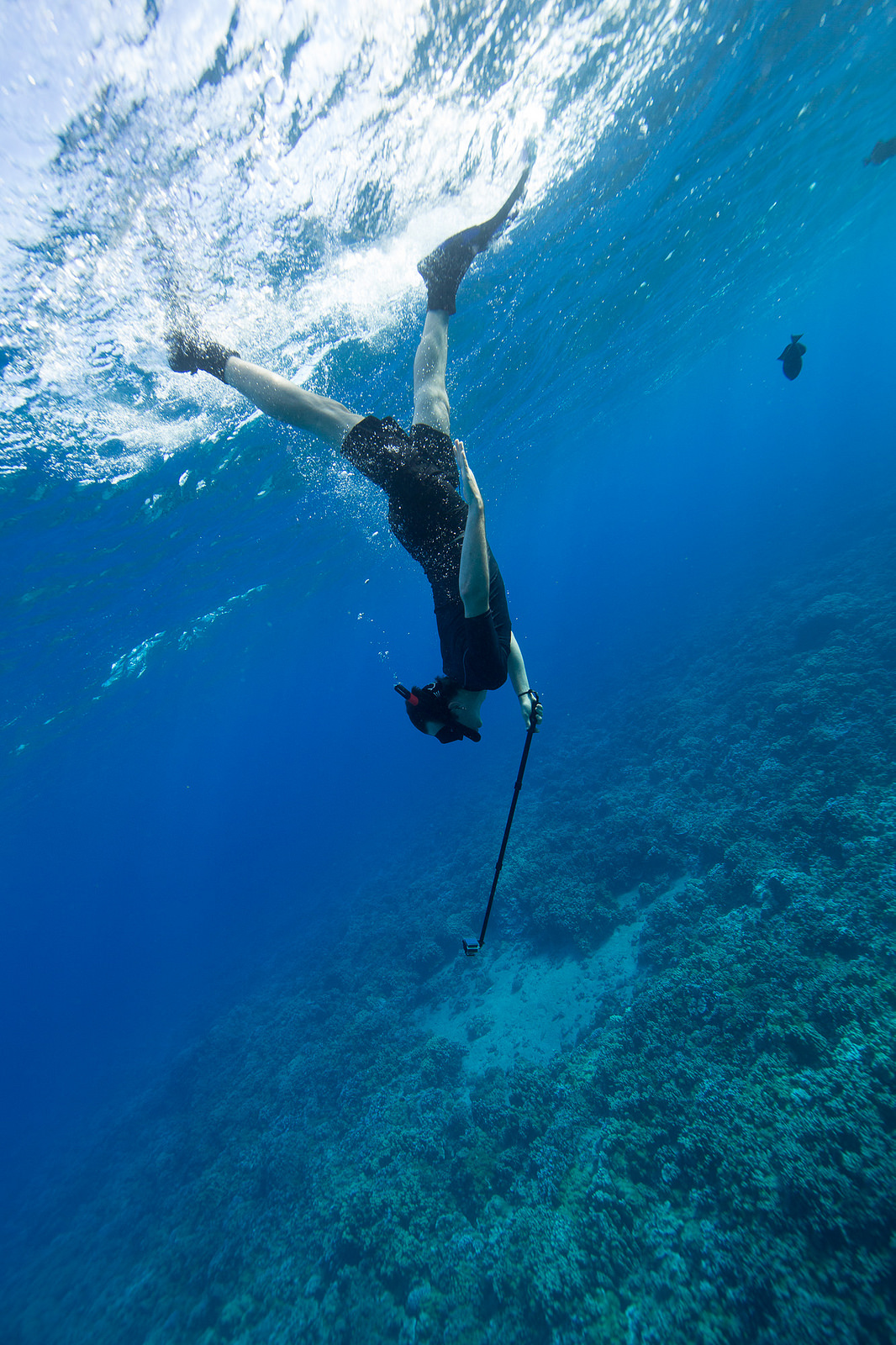
A diver more comfortable with his equipment is generally led to the area around the crater’s underwater wall, which reaches depths of around 70 to 80 feet. For a diehard scuba diver, it’s possible to explore the crater’s back wall at depths of around 100 to 200 feet, or deeper.
What You’ll Find on Molokini
Upon diving into the waters around Molokini, you’ll quickly notice the marine life seems unaffected by your presence. The constant exposure to humans and the state of Hawaii’s passion for preserving this islet have provided you with the unique opportunity to mingle with underwater wildlife in a way you previously never thought possible. While exploring the waters at any depth, look for the over 250 species of marine life that call Molokini home.
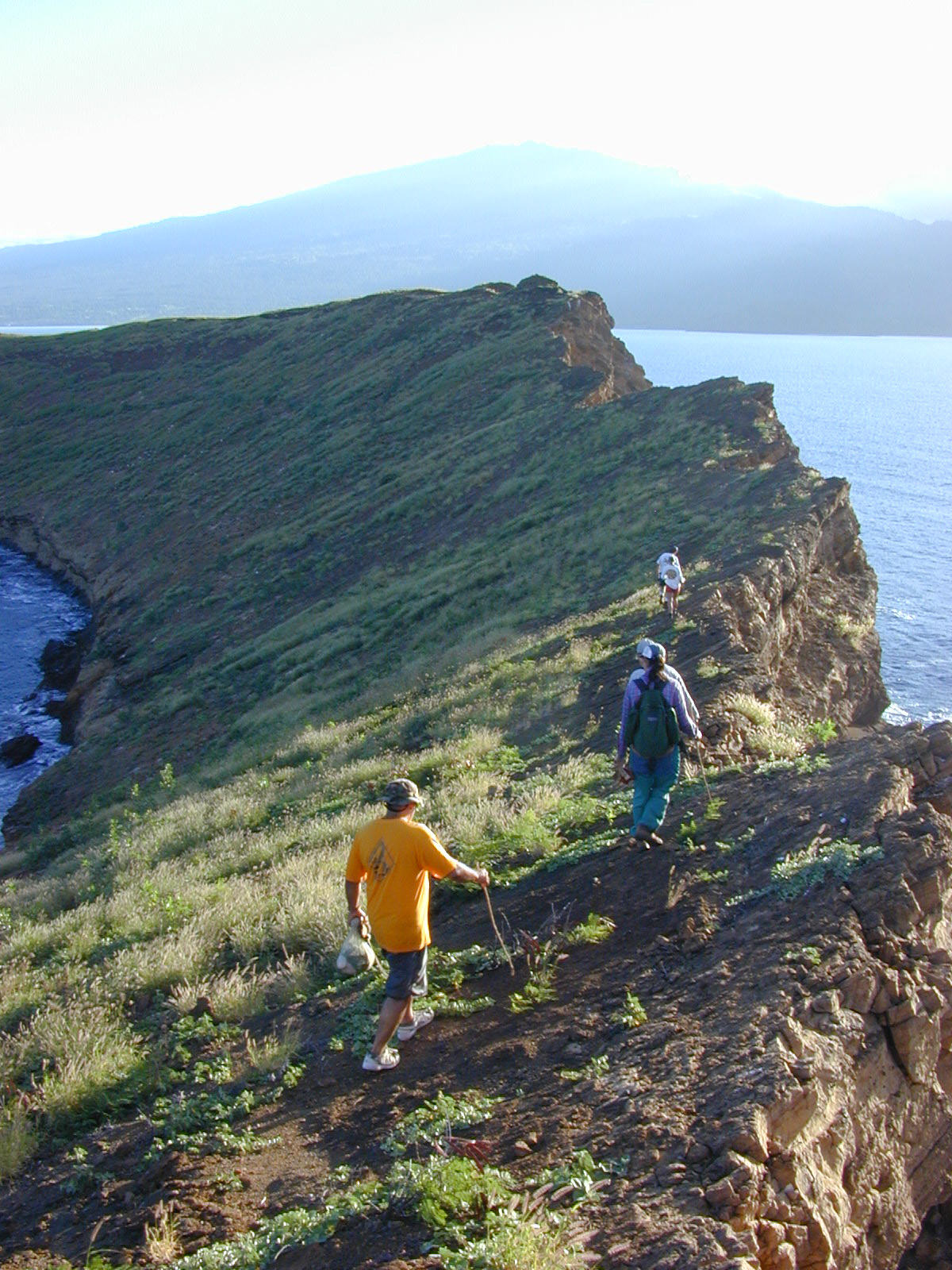
Here’s a sampling of what you might see:
- Whitetip Reef sharks – Don’t worry. The sharks are small and are considered quite passive.
- Moray eels
- Butterfly fish
- Trigger fish
- Whale sharks
- Manta rays
- Hawaiian monk seals
- Squirrel fish
- Soldier fish
- Humuhumunukunukuapuaa – Otherwise known as the former state fish of Hawaii.
Planning Your Trip to Molokini
The sheer number of tour boats available to explore Molokini can be downright confusing. Instead of picking a name from a hat or relying on luck, here are a few tips and tricks to find the best company and deal possible:
- Price – Price is probably a big factor in your trip, so shop around for a great deal. However, it’s important to realize that many times you get what you pay for, so look for a tour with a good reputation and be prepared to spend a little more on quality.
- Tour Size – If you’re traveling with a large group, consider renting out every seat on a boat. For a more intimate experience, consider instead a small tour company that sails less frequently on a smaller vessel.
- Boat – If you’re prone to seasickness, make sure to book a tour on a twin-hull catamaran. The boat is more stable, making it less likely you’ll spend the trip hunched over the side.
- Tour Perks – Many tours offer little extras, including lunch or trips to other nearby hot diving spots. Before agreeing to a tour, ask about what is included in the price.
- Departure Time – Far and away, your biggest consideration should be the departure time. You’ll notice that a handful of companies offer tours during the afternoon at a cheaper rate. This is because the waters are less clear and more erratic during the afternoon, so if possible book a tour during the clear, calm morning.
The island itself isn’t accessible to anyone, so don’t bother trying to tip your tour guide.
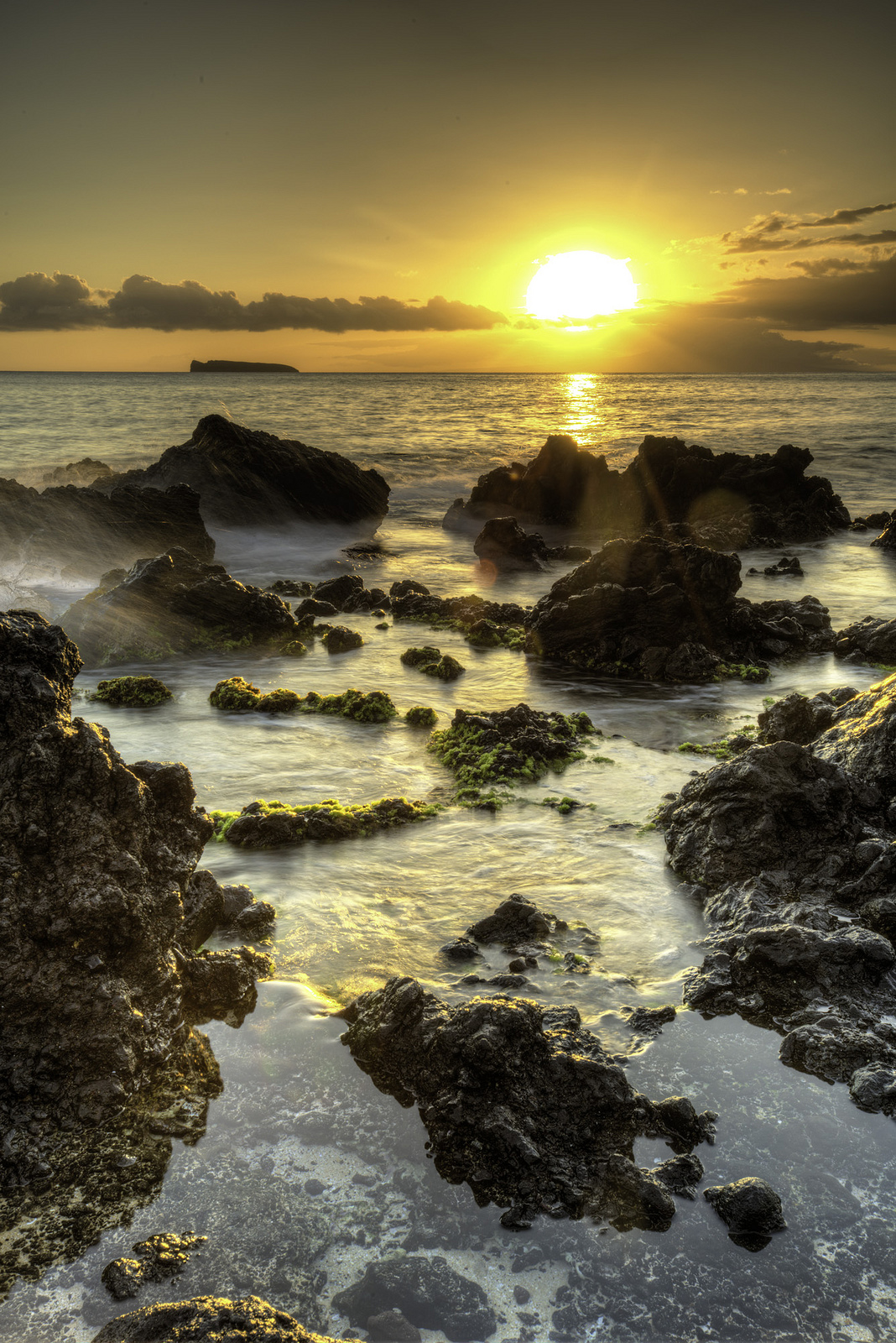
Molokini is not only federally-owned, but also a Hawaiian state bird sanctuary. In addition, you cannot fish or try to take a souvenir from the area. In other words, don’t try to catch a new pet fish.
